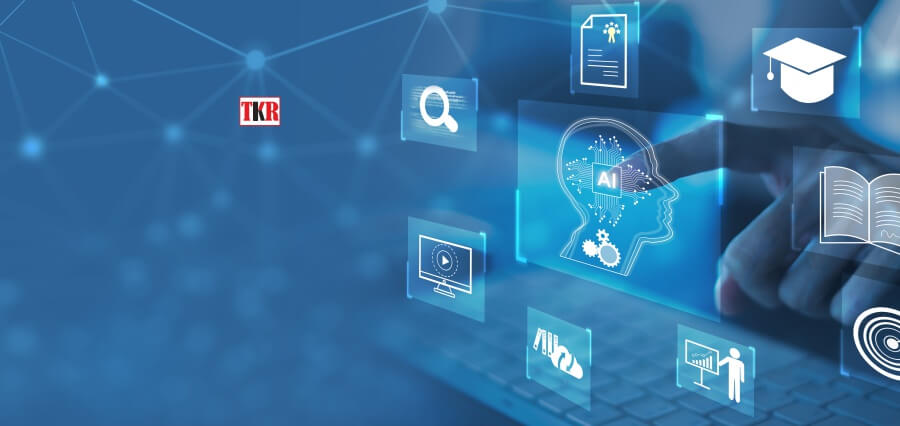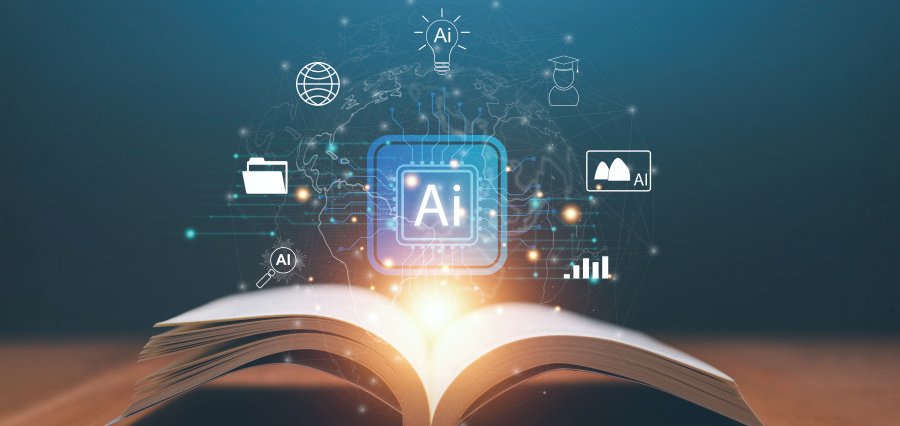In the last few decades, with the rise of the digital age, students have become more interactive with technology. This has led to revolutionary changes in teaching methods. Here is an overview of some of these modern approaches: (1)
· The flipped classroom
The flipped classroom is one of the most popular modern teaching techniques. In this technique, students learn new concepts through explanatory pre-recorded videos then attend the class to resolve their pre-prepared questions and practice the concept through subject-related projects or activities. (1)
The flipped classroom allows students to become active learners instead of being dependent on their teacher to do the hard work for them. (1)
· Tactile learning
Tactile learning, also known as kinesthetic learning, refers to active and collaborative learning. Therefore, this technique is best suited for practical subjects where learners need to construct something or develop their dexterity. It entails demonstrations and hands-on activities. (2)
Tactile learning enables teachers to spot and correct mistakes immediately, preventing students from developing and using incorrect techniques as learners work simultaneously with the teacher. (2)
· Collaborative learning
This learning technique is designed to foster students’ soft skills including: (2)
- Social skills
- Decision-making
- Teamwork
- Collaboration
- Time-management
- Delegation
It entails any activity or project that students work on together as a team. In collaborative learning, students need to assess their skills and evaluate their weaknesses and strengths in order to choose their part of the project. Making them more self-aware. It also teaches responsibility and accountability, as all members are responsible for the final outcome of the project. (2)
· Critical digital literacy
Critical digital literacy skills where students learn to navigate and evaluate online content, are vital nowadays. (3)
When educators implement critical digital literacy practices in their classrooms students know how to assess the credibility, bias, and reliability of information sources. (3)
They also are more likely to be able to create, share, and communicate responsibly using digital platforms and tools. (3)
· Multimedia and interactive content
This teaching approach utilizes animations, videos, simulations, and interactive tutorials to enhance students’ comprehension. It helps clarify complex concepts and appeals to different learning styles. This increases teaching effectiveness through dynamic representations and innovative representations. (3)
In conclusion, these strategies offer only a glimpse of the education revolutionization potential. However, their implementation requires continuous professional development and constant institutional support. (3)
References:









